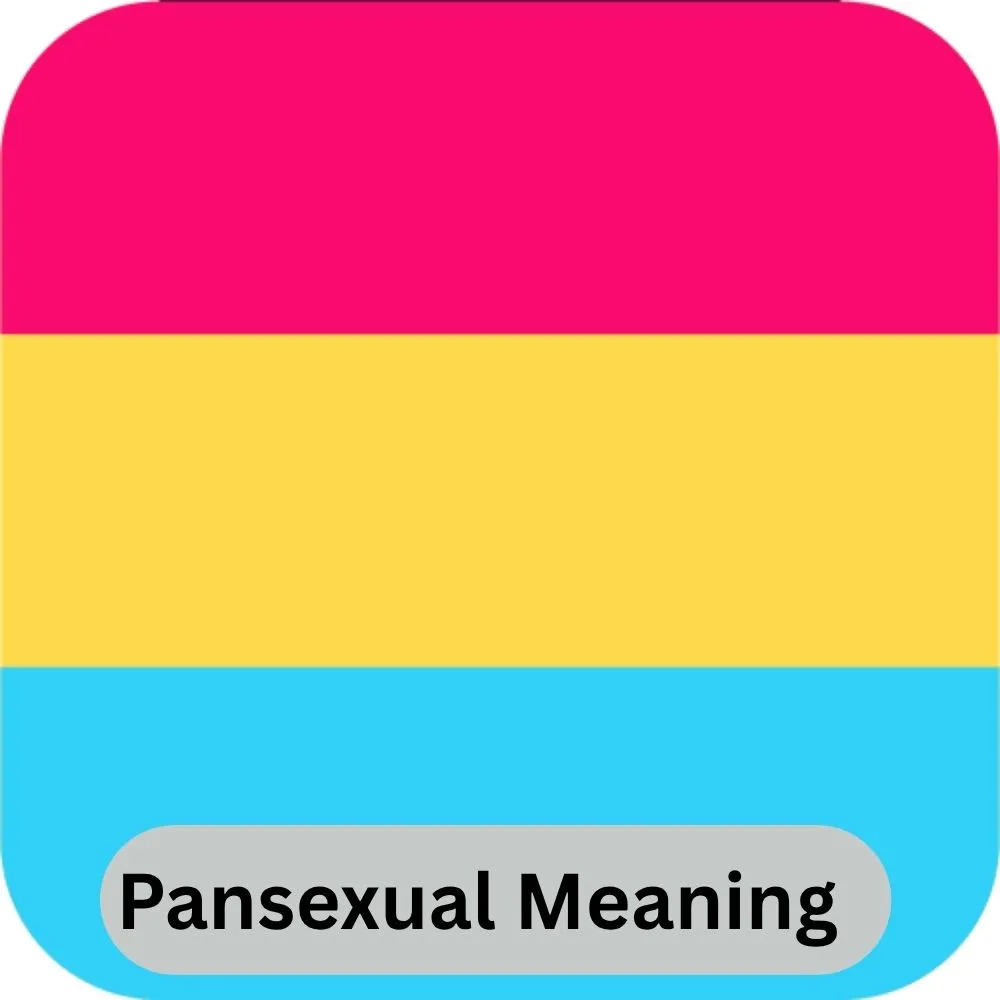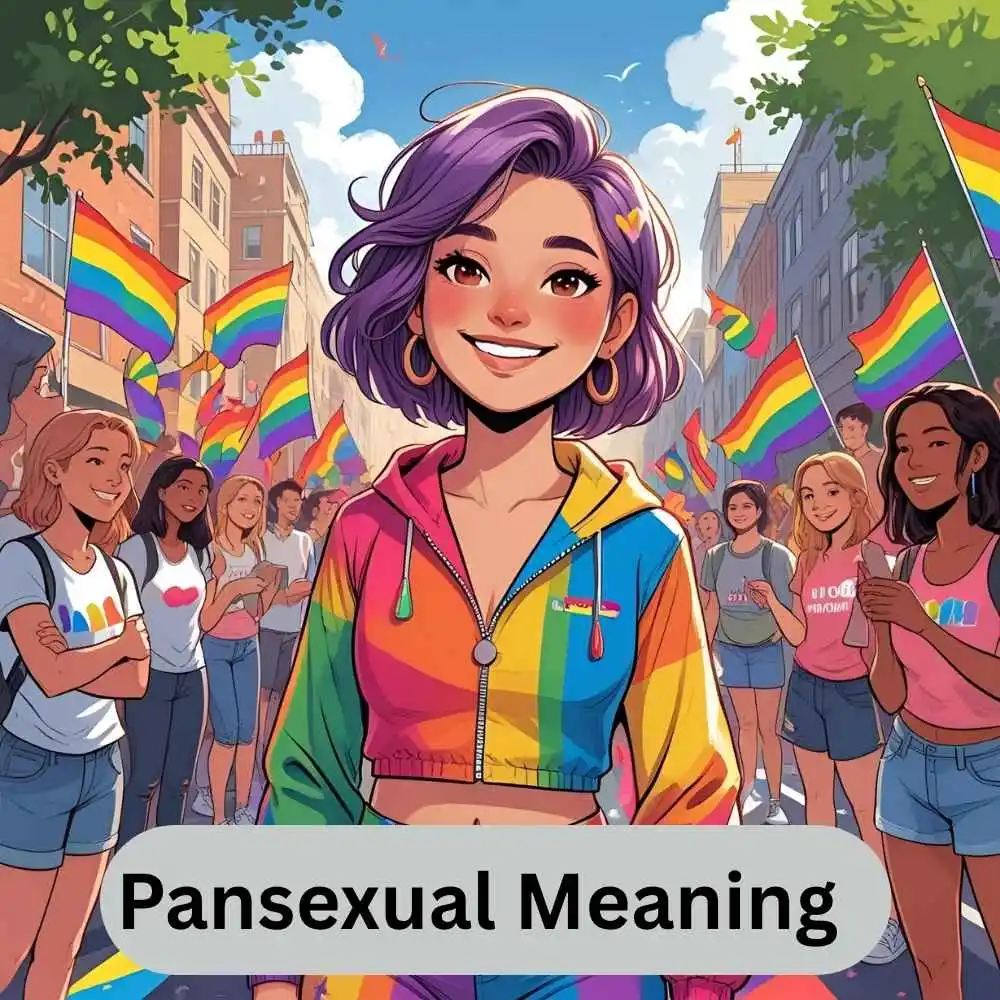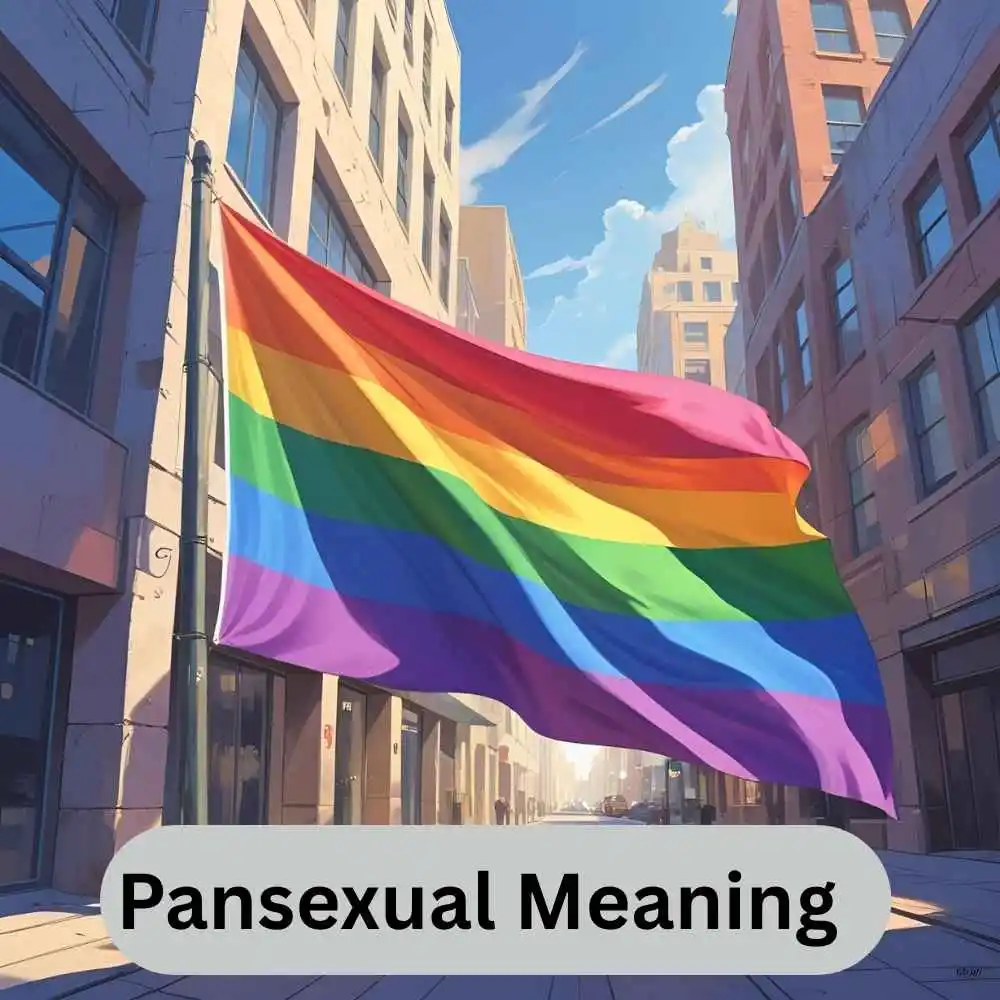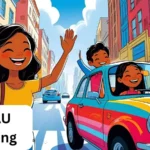Pansexual is a term used to describe someone who is attracted to people regardless of their gender or sex. This means that a pansexual person may feel romantic or sexual attraction to individuals of any gender identity, including male, female, nonbinary, transgender, and others.
The word pansexual comes from the Greek prefix pan, meaning all, highlighting the inclusive nature of this orientation. Unlike some other labels that may focus on specific genders, pansexuality emphasizes the ability to connect with a person based on who they are as a whole, beyond just their gender. It reflects a broad and fluid approach to love and attraction.
Let’s dive in!
Why Understanding Pansexual Matters in 2025 🌐

As society grows more inclusive and language evolves, the importance of understanding terms related to identity, especially sexual orientation, becomes crucial. One such term that continues to gain relevance in 2025 is “pansexual.” While many have encountered it in social conversations or pop culture, few understand the depth and nuance it carries. This article will break down the pansexual meaning, explore its definition, highlight synonyms, and offer examples to ensure clarity for both casual readers and professionals seeking accurate, respectful language.
We’ll also discuss how to communicate respectfully in different tones—formal, polite, or casual—when referring to pansexual individuals or using the term in writing and speech.
✅ What Does Pansexual Mean?

Pansexual (adjective) refers to a person who is attracted to others regardless of their sex or gender identity. This means that a pansexual person may feel romantic or sexual attraction to someone who is male, female, nonbinary, genderqueer, transgender, or agender.
Unlike bisexuality, which typically describes attraction to two or more genders (often including one’s own and others), pansexuality emphasizes the idea that gender plays no role at all in their attractions.
🧠 Etymology:
- From Greek “pan” meaning “all” and “sexual” referring to sexual orientation.
- The term suggests gender-blind attraction—the person is drawn to the individual, not their gender identity.
🌈 Pansexual in 2025: How the Term Has Grown

In 2025, “pansexual” is no longer a fringe label. It’s been embraced in both mainstream media and academic discussions. Celebrities like Janelle Monáe and Miley Cyrus have helped normalize the term, while educational systems and workplaces are beginning to include pansexuality in diversity and inclusion programs.
Surveys from the 2024 Global Gender Identity Report show a 36% increase in people identifying as pansexual compared to 2020. This shift represents a growing awareness that attraction does not need to be confined by binary gender constructs.
💬 How to Use “Pansexual” in a Sentence (With Tone Examples)
Tone and context matter. Whether you’re a journalist, teacher, friend, or HR professional, using the word respectfully matters. Below are 10 high-quality example sentences broken down by tone:
1. Formal/Professional
- “Our organization offers training sessions to foster inclusivity for employees who identify as pansexual.”
- “The panel included voices from the LGBTQ+ spectrum, including a representative who identifies as pansexual.”
2. Polite/Neutral
- “Alex mentioned they’re pansexual, which means they’re open to relationships with people of any gender.”
- “Jordan’s pansexuality is just one part of who they are—it doesn’t define them entirely.”
3. Casual/Conversational
- “Oh, Sam? They’re pansexual—basically, they go for people, not genders.”
- “She said she’s pan, which I think is really cool!”
4. Respectful Clarification
- “Just so you know, pansexuality means attraction that isn’t limited by gender.”
- “It’s different from bisexuality in that pansexual people don’t factor gender into attraction at all.”
5. Supportive/Inclusive
- “I admire how open and proud they are of being pansexual.”
- “I didn’t know much about pansexuality until I met my friend—they really helped me understand.”
🧩 Pansexual vs. Other Sexual Orientations: Key Differences
| Orientation | Key Characteristics |
|---|---|
| Pansexual | Attraction to individuals regardless of gender identity. |
| Bisexual | Attraction to two or more genders. |
| Omnisexual | Similar to pansexual, but gender is a factor in attraction. |
| Heterosexual | Attraction to a different gender. |
| Homosexual | Attraction to the same gender. |
Note: These labels are not rigid boxes. Many people identify with more than one, or shift between them over time.
🔄 Synonyms and Related Terms
While “pansexual” has a very specific meaning, there are words and phrases often used in similar or overlapping contexts. It’s important not to treat these as direct replacements unless you’re sure of the speaker’s identity.
Notable Related Terms:
- Panromantic: Romantic (not necessarily sexual) attraction to all genders.
- Gender-blind: A descriptor often aligned with pansexuality, indicating attraction beyond gender labels.
- Queer: An umbrella term, sometimes used to encompass identities like pansexuality, though not always interchangeable.
- Omnisexual: Attraction to all genders, but acknowledges gender differences.
Each of these terms has distinct nuances, and it’s essential to use them accurately and respectfully.
📘 Pansexual in Literature, Media, and Culture
In 2025, pansexuality is portrayed far more positively than in previous decades:
- Television: Series like Sex Education and Heartstopper feature pansexual characters with depth and nuance.
- Books: Authors are integrating pansexual protagonists in YA and adult fiction, showing them in roles beyond their sexuality.
- Music & Art: Artists like Janelle Monáe proudly claim the pansexual label and use their platform to educate and celebrate.
This increased visibility helps destigmatize the identity and creates a safe space for younger generations to explore who they are.
👩🏫 Respectful Communication: How to Talk About Pansexuality
Understanding isn’t just about definitions—it’s about behavior and language too. Here are quick tips for respectful engagement:
✔ Do:
- Use the label someone chooses for themselves.
- Ask polite questions if the context allows and they’re open to sharing.
- Be supportive and open-minded.
❌ Don’t:
- Say things like, “So you’re just confused?” – This is offensive.
- Assume pansexual people are promiscuous (a harmful stereotype).
- Reduce someone’s identity to just their sexuality.
💡 Why Clarity and Inclusivity in Language Matter
Language shapes thought. By choosing the right words, we create more inclusive workplaces, classrooms, and friendships. Whether you’re a teacher explaining pansexuality to a student, or an HR manager crafting inclusive policies, understanding this term is a powerful tool for connection and respect.
🔁 Polite Alternatives for Talking About or To Pansexual People
When you’re not sure how to phrase things appropriately in conversation or writing, these are useful polite and inclusive expressions:
- “They identify as pansexual, which means attraction isn’t limited by gender.”
- “Their orientation is pansexual, a term that reflects broad inclusivity.”
- “They’re part of the LGBTQ+ spectrum and are pansexual.”
- “They’re open to relationships across all gender identities.”
- “They fall for who a person is, not what gender they are.”
- “Pansexuality is their preferred label, and they’re confident about it.”
- “They’ve shared their pansexual identity openly with pride.”
- “Their partner’s gender isn’t a factor in their attraction.”
- “Pansexuality is one part of who they are—it doesn’t define them entirely.”
- “They explained pansexuality really well—it’s about people, not gender.”
These expressions maintain respect, clarity, and empathy—all crucial for meaningful interaction.
✨ Final Thoughts: Embracing the Spectrum
Understanding pansexuality is about more than memorizing definitions. It’s about listening, respecting, and recognizing the diversity of human connection. As our world becomes more open-minded in 2025, knowing what pansexual means—and how to talk about it—is a step toward making everyone feel seen, safe, and respected.
Being thoughtful with your language can make all the difference, whether you’re talking with friends, addressing a team at work, or writing an article that reaches thousands. This term may be just one word, but it carries a universe of meaning for the people who identify with it.

Freya Hughes is a name enthusiast with a flair for storytelling. At NamesOrigins.com, she blends her love for language with an understanding of global cultures, creating insightful and intriguing content that uncovers the rich tapestry of name meanings.



